
Inmitten der steilen Auf- und Abstiege des Rione Monti befindet sich ein malerisches Wohnhaus aus dem 17. Jahrhundert, das einen ebenso malerischen mittelalterlichen Turm umfasst. Es handelt sich um einen der vielen Türme, die zusammen mit den Dutzenden von Glockentürmen der Kirchen in den sogenannten dunklen Jahrhunderten das Profil der Stadt prägten und ihr einen deutlichen vertikalen Schwung verliehen.
Der Turm, der mehrfach restauriert wurde und noch heute perfekt erhalten ist, wurde auch „della Miliziola” genannt, um ihn vom benachbarten und größeren Turm der Milizen (Torre delle Milizie) zu unterscheiden. Er wurde 1223 von der Familie Carboni auf Überresten aus der Zeit Trajans erbaut. Später ging er in den Besitz der Familie Conti über, bis er 1675 von der Familie del Grillo erworben wurde. Die Familie integrierte den Turm in den linken Vorderteil ihres Palastes, der durch einen Untergang, den markanten Arco dei Conti, mit der Fassade verbunden ist. Sie fügten auch die originelle Bekrönung aus Konsolen, die Adler an den Ecken und die Inschrift „EX MARCHIONE DE GRILLIS” hinzu.
Im 19. Jahrhundert ging das gesamte Gebäude in den Besitz der Familie Nicolis de Robilant über und beherbergte nach dem Zweiten Weltkrieg das Atelier von Renato Guttuso. Der wunderschöne, im Gebäude versteckte Dachgarten inspirierte den berühmten Maler zu zwei Gemälden, „La visita della sera“ (Der Abendbesuch, 1980) und „Giardino di Palazzo del Grillo“ (Der Garten des Palazzo del Grillo, 1981). Für die Römer bleiben der Palast und der Turm jedoch vor allem mit der legendären Figur des Marchese del Grillo verbunden, der aufgrund der unzähligen Streiche, die ihm zugeschrieben wurden, in die Volksphantasie eingegangen ist, darunter nicht wenige zum Nachteil der Juden. Der exzentrische und rebellische Marquis wurde von Alberto Sordi in dem berühmten Film von Mario Monicelli auf die Leinwand gebracht.
Spaziergang zwischen den Mauern, den Bögen und den Türmen

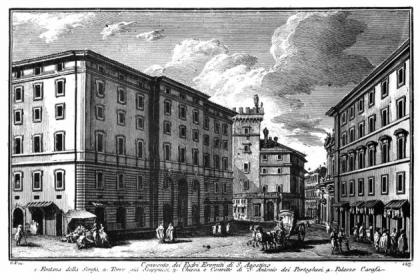
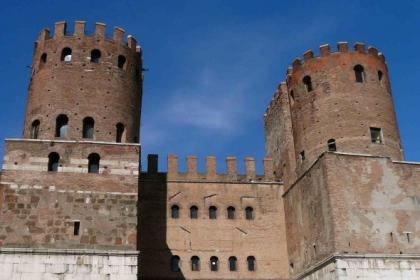
 Condividi
Condividi
Torre delle Milizie - Turm der Milizen
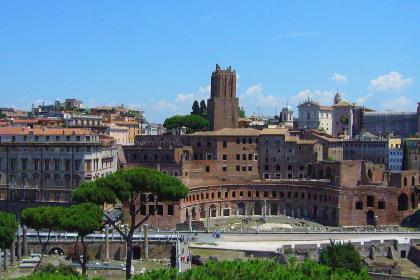
 Condividi
Condividi
Torre de' Conti
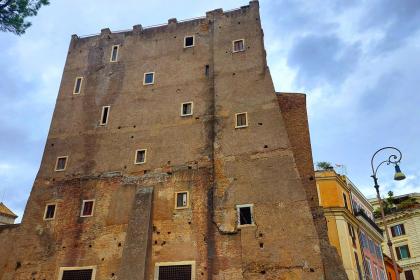
 Condividi
Condividi
Rome in 20 unmissable films
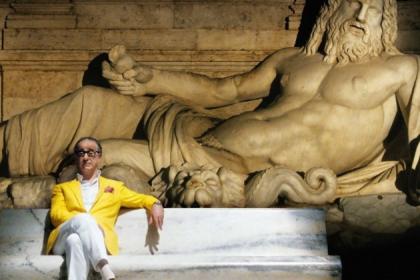
A cinematic journey between past and present, to discover the Beauties of Rome
Informationen
The tower is visible from the outside; the inside cannot be visited.
 Condividi
Condividi
Location
Um mehr über alle barrierefreien Dienste zu erfahren, besuchen Sie den Abschnitt barrierefreies Rom.











































